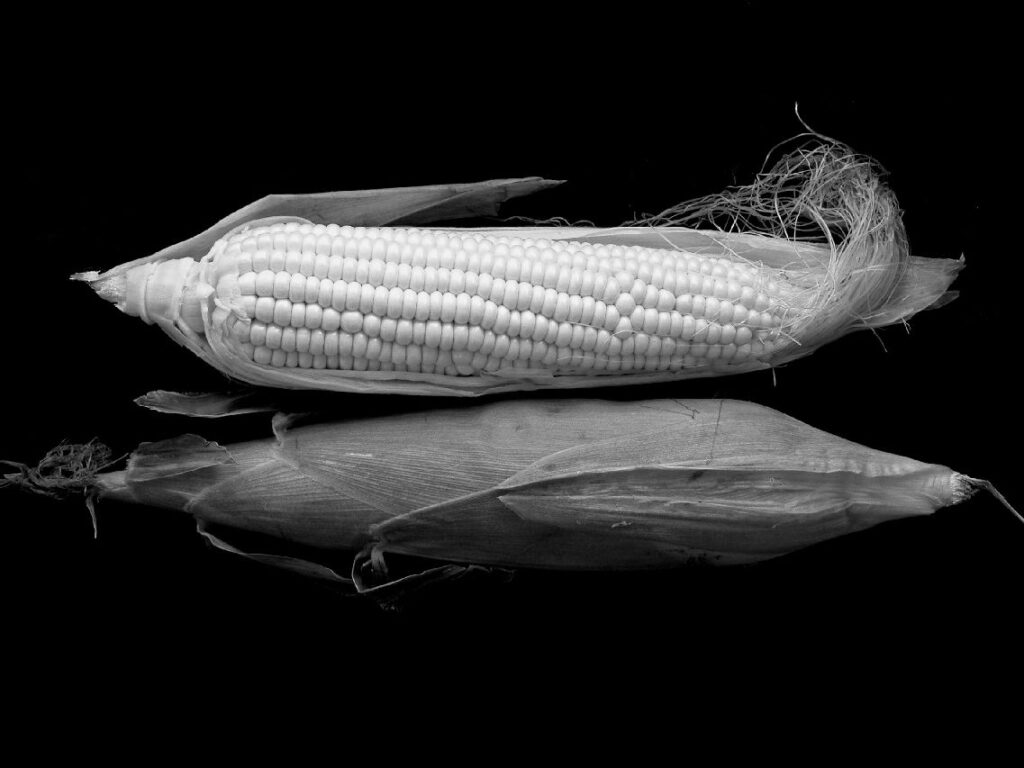Is Soy Healthy or Dangerous?

Have you ever wondered how soy came to be so massively popular in recent years?
From veggie-burgers to soy ice cream, soy lattes, and even soy infant formulas, the sale of soy products boomed in less than 20 years, especially after it repositioned itself as “heart healthy” when the FDA approved a health claim in 1999 linking soy with a reduction in heart disease.
Ok, nice facts.
So what does this have to do with you personally?
Well, everything.
Virtually all food-products (i.e. anything with a list of ingredients) contain soy by-products that you’re most likely consuming unknowingly.
Although that may not seem like a big deal, the fact of the matter is that the type of soy being used in food products is NOT a health food and the quantity in which soy is being consumed today is an even bigger concern.
A bit of soy history before we begin…
Fermented soybeans have been a long standing tradition in East Asian cuisines and their people are known to have lower rates of heart disease and certain cancers than anywhere else in the world.
 However, contrary to what the industry may claim, NON-fermented soy has never been a staple in Asia.
However, contrary to what the industry may claim, NON-fermented soy has never been a staple in Asia.
In fact, a study of the history of soy in Asia shows that soybeans were only used by the poor during times of extreme food shortage, and even then, it wasn’t until they discovered how to ferment the soybean to get rid of their toxins that they began incorporating it into their diets.
This led to the creation of the more popular fermented soy foods natto, tempeh, miso, and soy sauce.
Fermented vs. Unfermented Soy – What’s the Difference?
In their natural form, soybeans contain anti-nutrients with toxic effects on the human body; the three major ones being phytates, enzyme inhibitors, and goitrogens, which are there to protect the plant against invaders.
All plants have some naturally occurring anti-nutrients but soybeans in particular are especially rich in these chemicals.
One way of removing these toxins however is by fermenting the soybeans.
Why Isn’t Soy Healthy?
Phytates (or phytic acids) found in unfermented soy beans can block the absorption of essential minerals like calcium, magnesium, copper, iron, and especially zinc.
Long and slow cooking can eliminate the phytates in most legumes, however only a long fermentation process can significantly reduce the phytate in soybeans.
This is one of the reasons why vegetarians who consume tofu and bean curd as a meat and dairy substitute can risk mineral deficiencies.
 Whenever we eat food, our bodies secrete enzymes into the digestive tract to help break it down to release the macro-nutrients (i.e. carbs, proteins & fat) that we need.
Whenever we eat food, our bodies secrete enzymes into the digestive tract to help break it down to release the macro-nutrients (i.e. carbs, proteins & fat) that we need.
Unfermented soybeans have enzyme inhibitors that block this process and can cause gastric distress like gas, bloating and more serious gastric problems, as well as deficiencies in protein uptake.
Soybeans also have goitrogens and other plant estrogens that have been debated can disrupt thyroid production and lead to a number of thyroid-related problems.
 In addition, whole soybeans, soy milk, soy ice cream, soy yogurt, soy snacks, soy infant formula, soy protein isolates, soy flour and all of the other processed soybean products out there come with added junk ingredients like flavorings, preservatives, sweeteners, and other chemical substances to make it less “beany” tasting and more palatable.
In addition, whole soybeans, soy milk, soy ice cream, soy yogurt, soy snacks, soy infant formula, soy protein isolates, soy flour and all of the other processed soybean products out there come with added junk ingredients like flavorings, preservatives, sweeteners, and other chemical substances to make it less “beany” tasting and more palatable.
And to make matters even worse, the majority of the soy that is produced these days is genetically modified and heavily contaminated with pesticides!
This type of soy bears little resemblance to the fermented soy consumed traditionally in Asian cultures.
It’s also important to mention that fermented soy is used to complement their meals in small portions.
Consuming a couple of glasses of soy milk per day and eating tofu as your main protein source on a regular basis is definitely not the way soy was traditionally consumed.
This abundance came as a result of clever marketing aimed at a health conscious audience and an opportunity for the soy industry to turn what was deemed unusable into a huge money-making business.
The Bottom Line
If you want to eat soy, make sure that it is fermented soy.
The process of fermentation turns its anti-nutrients into an edible food with a number of health benefits, such as the creation of probiotics, which become available to your digestive system. Natto, tempeh, miso, and soy sauce are fermented varieties of soy.
Aside from organic soy sauce, I have never tried any of the other types of fermented soy.
Luckily, my Japanese friend Chinami was kind enough to share her tips on how these can be used:

“Natto looks like brown peas and is very sticky with a strong cheese-like flavor. You can find it the frozen section of your supermarket and would mix it with rice. You can also make an omelet with it.
 Tempeh is also found in the frozen section and can be cooked with vegetables and chicken.
Tempeh is also found in the frozen section and can be cooked with vegetables and chicken.

Miso soup is easy to make. Boil 500 mL of water, add your vegetables, fish stock (dashi), and 25 g of miso paste. After adding the miso however, turn off the heat or else the miso gets very salty.”
A special thanks to Chinami for her input.
Sources:
1. Dr. Mercola
3. http://www.soyfoods.org/soy-information/sales-and-trends
4. http://www.wholesoystory.com/
5. http://www.naturalnews.com/025513.html
Did you find today’s post helpful?
Show your support by hitting the LIKE button and SHARE the love!


Responses